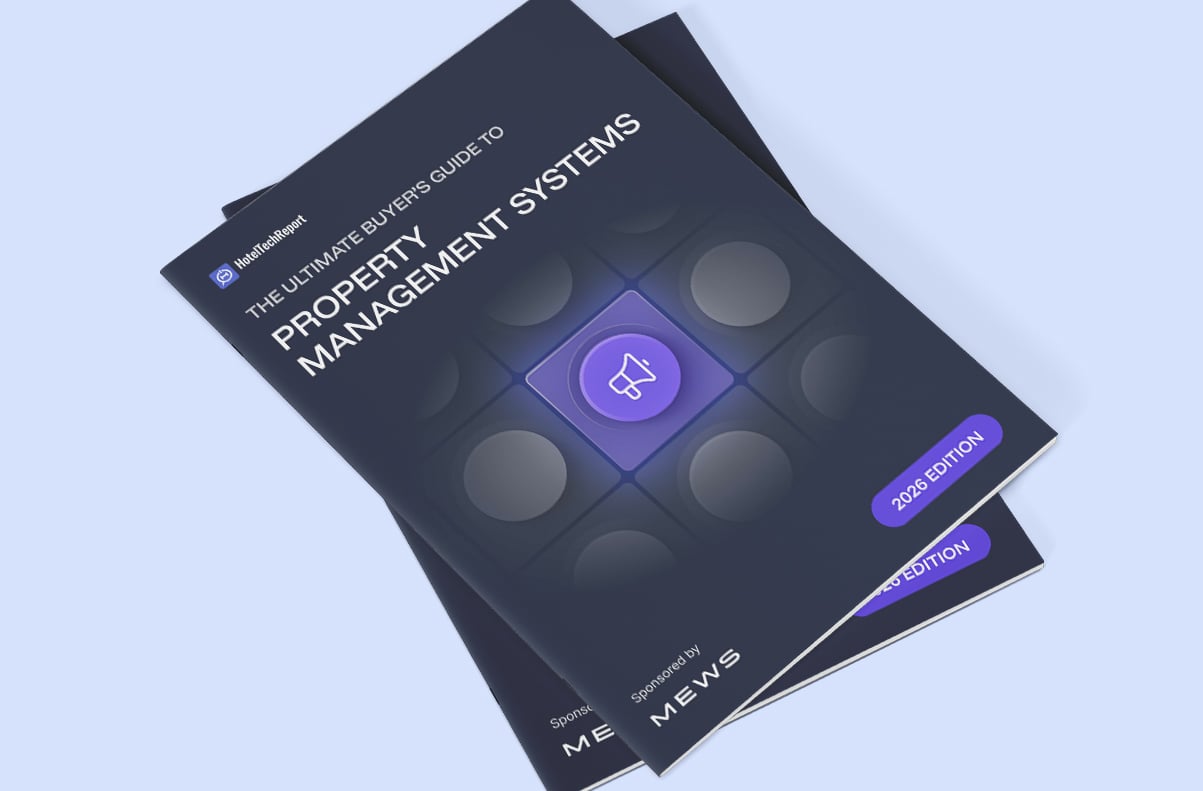Your hotel rooming list is your guide to allocating rooms to guests, especially for group bookings like conferences, weddings, or corporate events. If you're thinking about revamping your rooming lists, the first step is to leverage the right technologies that can streamline the process. Well-defined processes lead to greater accuracy, efficiency, and guest satisfaction—ensuring no detail is overlooked.
So, let's dive into how you can improve your rooming lists in 2024.
Table of contents
What is a hotel rooming list?
First things first, what is a hotel rooming list? Simply put, it’s a document that consolidates all the key details—guest names, arrival and departure dates, room types, special requests, and payment information—needed to organize large groups efficiently. In the past, this was typically managed through Excel files shared between hotels and event organizers. Nowadays, it's much easier to use smart rooming lists within your reservation management software.
We’ll provide a step-by-step guide on how to use these tools a little later on.

Why is a rooming list important?
A rooming list is important because it helps hoteliers better plan room assignments, which is particularly crucial when managing large groups. This type of document keeps you organized and ensures that families or groups of friends are not separated. Additionally, it helps you track special requests and room types, ensuring that everyone’s booking aligns with their preferences.
What should be included in a rooming list?
When creating a rooming list, it’s important to include more than just the guest’s first and last name. Consider adding information like whether they have a tour guide, their email, the type of room (twin, single, double, sea view, etc.), the room number, check-in and check-out dates, and any special needs or requests.
The more detailed and up to date the list is, the more you can avoid mistakes and ensure everything works like a well-oiled machine. Having all the details outlined before will make sure the whole process from pre-booking to check-in and check-out is as easy as possible.
Using a rooming list effectively
A rooming list, when used properly, can be an incredibly valuable tool for planning, saving time and avoiding mistakes. When a guest arrives, your staff knows exactly where they’re meant to go, their special requests, and who’s staying with who. This means your staff can focus more on upselling and less on having to cross-check all the reservation information, too.
Many hotels may use an Excel file so that group organizers can easily fill them in and send the file back. But this is not the most efficient way and can lead to errors when filling in the data or accidentally erasing important information. This is where hotel software comes in handy, allowing you to work with smart template rooming lists.
How rooming lists make group bookings easy
It’s late morning. Your front desk has finished the morning rush of check-outs when the phone rings. Your reservations manager answers. ‘Hello?’ ‘Hello, I’m calling to make a group booking for 50 people...’
As a hotel manager, your first reaction is one of happiness. After all, a group booking of 50 rooms is great news for business. But then you think of your poor reservations manager and your front desk team: they’ve told you what a pain it is to manually input dozens of guests’ details into the system, and you’ve seen how easy it is to make mistakes.
In the modern world of hospitality, this shouldn’t be a problem. Well, now you don’t, thanks to our new rooming lists.
It’s a straightforward process that will save loads of time for your team. Here’s how it works:
Step 1: Export the smart template rooming list (as an Excel file) and send it over to the tour/group leader
It starts with exporting a smart template rooming list from your hotel management software. Simply go to your group on your reservation platform, download the smart list and export it as an Excel file so that it can be easily managed and updated by the tour/group leader. This brings us to step 2.
Step 2: They update all the required fields – the smart template means that the formatting will always be correct
Step 2 is when the organizer or group leader fills out the fields, including email, full name, nationality, birth date, ID number, document country, and the issuing city of the document. If there is an invalid email, there will be an alert assuring that all the information inputted is correct.
Step 3: You receive the updated file and import it to the relevant group reservation
Now that all the information has been added to the group rooming list, you can upload it to the system and ensure that it is uploaded to the right group reservation. This way guest profiles are automatically updated, and you can reduce the amount of time necessary to manage so much information at once.
That’s it. All guest profiles will be automatically updated, and your staff don’t need to waste all that time hunched over a computer screen slowly typing in the details of all 50 guests. This also means a faster check-in, because the front desk doesn’t need to type in every passport detail as they’re already in the system. It’s not only your own team who benefit from rooming lists, it’s the entire group booking – not to mention other guests who may have been stuck in an even longer reception queue otherwise.
Conclusion
Smart rooming lists are crucial for managing large groups effectively because they enhance both staff and guest satisfaction. Your staff will be much happier because they don’t have to manually input details for dozens of guests, and they can expedite the check-in process since passport details and other information are automatically added to the system.
Guests will appreciate the shorter wait times at the front desk and a smoother check-in experience. Since smart lists minimize manual input, they also reduce the likelihood of errors, meaning guests are less likely to be frustrated by incorrect information.
Mastering the implementation and improvement of rooming lists is key to successfully managing groups and events. The happier your groups are, the more likely they are to become repeat clients—which translates to more consistent revenue. Ultimately, optimizing this process and leveraging technology to make it easier is in everyone's best interest.
Want to streamline group bookings and check-ins with the right tech?
Download "Your Ultimate PMS Buyer’s Guide"


2026 Hospitality Industry Outlook
Download now
Table of contents
Hospitality hot takes straight to your inbox



.webp)
